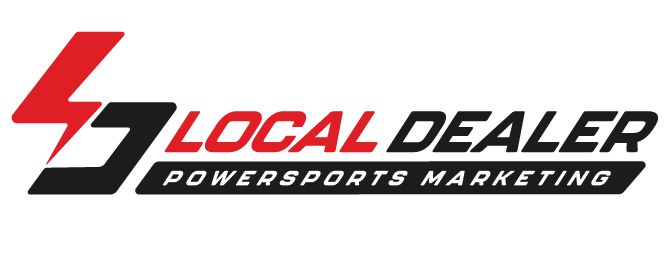
25 Jun Driving Sales with Targeted Automotive PPC Advertising: Best Practices and Strategies
In the competitive world of automotive sales, reaching potential car buyers at the right time is crucial. Pay-per-click (PPC) advertising offers automotive dealerships a powerful way to connect with in-market buyers and generate immediate leads. This guide that has been brought to you Local Dealer will delve into the benefits of PPC advertising for dealerships, outline the key components of a successful PPC campaign, and share expert tips for maximizing your PPC budget and refining your strategies for better ROI.
The Benefits of PPC Advertising for Automotive Dealerships
- Immediate Lead Generation: One of the primary advantages of PPC advertising is its ability to generate immediate leads. Unlike organic strategies that take time to build momentum, PPC ads can start driving traffic and inquiries as soon as they go live. This immediacy is particularly beneficial for automotive dealerships looking to boost sales quickly.
- Targeted Reach: PPC advertising allows dealerships to reach highly targeted audiences. By leveraging demographic data, search behavior, and location targeting, you can ensure your ads are seen by potential buyers actively searching for vehicles. This precision targeting increases the likelihood of converting clicks into sales.
- Cost Control: With PPC, you have complete control over your budget. You can set daily or monthly spending limits and adjust your bids based on performance. This flexibility ensures you only pay for actual clicks, making it a cost-effective way to attract qualified leads
Key Components of a Successful Automotive PPC Campaign
Ad Copywriting
Effective ad copy is crucial for attracting clicks and driving conversions. Your ads should be clear, compelling, and relevant to your target audience.
- Headline: Capture attention with a strong headline that includes relevant keywords.
- Description: Highlight unique selling points, such as special offers, financing options, or new inventory.
- Call to Action (CTA): Use a clear and enticing CTA to encourage users to take action, like “Schedule a Test Drive” or “Get a Quote.”
Keyword Targeting
Keyword targeting is the backbone of any PPC campaign. Conduct thorough keyword research to identify the terms your potential customers are using.
- Tools to Use: Google Keyword Planner, Ahrefs, SEMrush.
- Long-Tail Keywords: Focus on long-tail keywords to capture more specific and higher-intent searches, such as “2024 Toyota Camry deals” instead of just “Toyota Camry.”
- Negative Keywords: Use negative keywords to exclude irrelevant searches and prevent wasted ad spend.
Landing Page Optimization
A well-optimized landing page is essential for converting clicks into leads. Ensure that your landing page aligns with the ad copy and provides a seamless user experience.
- Relevance: Make sure the landing page content matches the ad’s promise. If your ad promotes a specific model or offer, the landing page should highlight that model or offer prominently.
- Speed: Optimize page load times to prevent user drop-off. A fast, responsive landing page can significantly improve conversion rates.
- Form Design: Keep lead capture forms short and straightforward. Only ask for essential information to minimize friction.
Expert Tips for Maximizing Your PPC Budget and ROI
1. Monitor Campaign Performance
Regularly monitoring your PPC campaign performance is crucial for making informed adjustments. Use analytics tools to track key metrics such as click-through rates (CTR), conversion rates, and cost per acquisition (CPA).
2. A/B Testing
Implement A/B testing to determine which ad variations perform best. Test different headlines, descriptions, CTAs, and landing page designs to see what resonates most with your audience. Continuous testing and optimization can lead to significant improvements in ROI.
3. Refine Your Targeting
As your campaign progresses, refine your targeting based on performance data. Adjust your keywords, demographics, and location settings to focus on the most profitable segments of your audience.
4. Utilize Ad Extensions
Ad extensions provide additional information and enhance your ad’s visibility. Use extensions such as site links, call buttons, and location information to make your ads more informative and enticing.
5. Schedule Your Ads
Analyze when your target audience is most active and schedule your ads to run during these peak times. Ad scheduling helps maximize your budget by ensuring your ads are shown when they’re most likely to generate clicks and conversions.
PPC advertising offers automotive dealerships a powerful tool to drive sales and generate immediate leads. By focusing on effective ad copywriting, precise keyword targeting, and optimized landing pages, you can create successful PPC campaigns that deliver high ROI. Regularly monitor and refine your strategies to stay ahead of the competition and make the most of your PPC budget. Start implementing these best practices today and watch your dealership’s sales soar.

Sorry, the comment form is closed at this time.